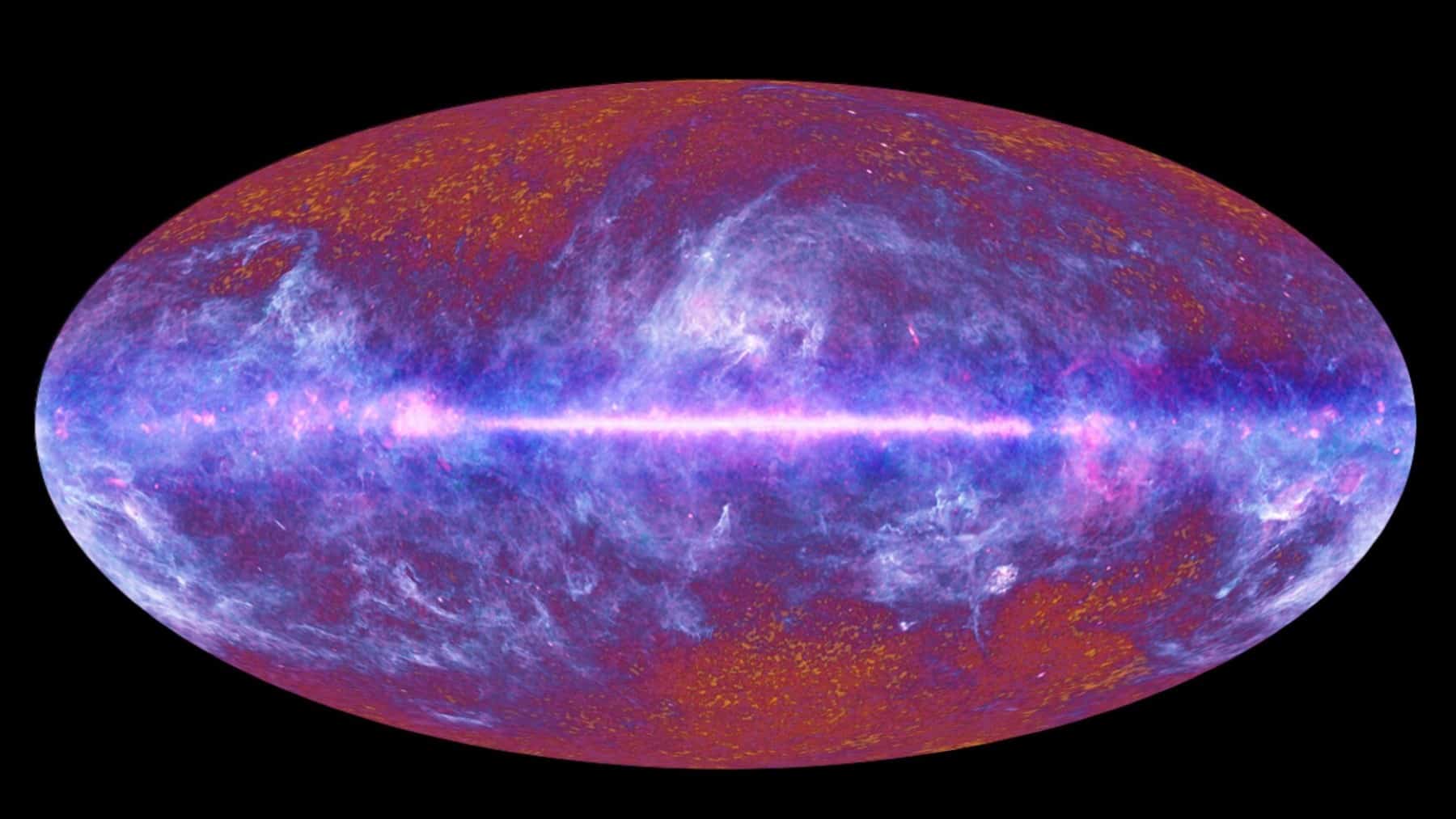Forever known as curious beings, humans have always wondered what lies beyond the night sky. Further discovery showed that it was a universe known to be endless, believed to be flat, infinite and expanding. However, a recently captured deep-space structure led us to an enlightening phenomenon that the universe may not be flat. Could it be shaped in ways that science and imagination can’t pick up?
A cosmic puzzle: why does the shape matter?
The universe’s shape, as it is called, is not necessarily described as a solid shape. It simply relates to the universe’s curvature, topology, and geometry. It is imperative for cosmologists to describe different phenomena to ensure a deeper understanding.
Three major possibilities have held true: a flat (infinite and ever-expanding), spherical (finite but unbounded), and hyperbolic universe (saddle-shaped and open forever). However, experts keep searching for the authenticity of these three models to figure out the one that actually exists and its fate.
Einstein’s theory of relativity proves that space can bend and warp itself owing to its mass and energy. Grand assumptions have been made by astronomers with the aid of satellites relating to the fact that the universe is flat. Yet research using the Measurements of the Cosmic Microwave Background (CMB) by astronomers has detected that the universe might be curved.
Clues in the cosmic microwave background
Mapping done by WMAP and the European Space Agency’s Planck satellites followed an explicit pattern, and detection of temperature fluctuations. In addition, possible remains of a pre-existing cosmic body were found.
There were subtle anomalies further detected following temperature fluctuations, suggesting that the universe is non-flat, and these odd phenomena suggest that the universe might actually have a stranger shape. Also, some occurrences like this newly unraveled mystery are valid clues; there are also forces diverting the answers, and therefore, a concrete conclusion cannot be made yet.
Possible shapes beyond flatness
Considering the current candidates, the spherical candidate takes a unique turn, having a fine but unbounded shape, suggesting the shape of a hypersphere. For this model, it is believed that when you travel in a linear path, you eventually return to your earlier spot, just like the circumnavigation theory done on Earth by sailors to prove that the Earth’s shape is like a sphere.
The other candidate, the toroidal candidate, is said to take the shape of a doughnut. This means that in this model, space can warp around, meaning we will all be in a loop where we can see repeating patterns but from different angles.
What a strange shape would mean for us
We ought to say we live in a universe we aren’t entirely sure about, and when we view it basically from the various models, several other assumptions are made. For example, a closed or curved universe simply means that the universe’s expansion has limits, and when that limit is reached, it will end up in a “Big Crunch,” and this is because everything will tend to collapse back.
Another scenario will be if we live in a model where space can warp around, we live in a loop where we can see each other like the cosmos was handing handheld mirrors. If truly the universe has a different geometry from what we know, then we need to question the equations behind dark energy and the Big Bang theory.
Humans have always been known to take the forefront seat of curiosity to a whole level, questioning what lies beyond our night sky. A universe extending far beyond the horizon, it seems. The shape of our universe might not be flat, infinite, or endless, but might take the shape of a doughnut, or cosmic loop, or something much more intriguing. The universe as we know it is not what we thought, but far stronger than we can imagine.
